Autologous Stem Cell Transplant Lymphoma Cost in India
Unlock Exclusive Discount : Your Gateway to Premium Healthcare with Medsurge India Health Value Card.

Unlock Exclusive Discount : Your Gateway to Premium Healthcare with Medsurge India Health Value Card.


Lymphoma is a lymphatic system cancer. It happens when the body’s white blood cells, known as lymphocytes, get out of control. Either they divide in an abnormal way or when they should, they do not die. This happens as a result of gene changes, the reason for still not known.
Furthermore, The immune system includes the lymphatic system that helps combat infections. It contains lymph, a fluid that passes through and is spread throughout the body through the lymph nodes. In the neck, armpits, chest, abdomen, and groyne, there are lymph nodes. The Lymphatic system also consists of organs such as the Spleen and Thymus.
Abnormal lymphocytes can collect in the neck, armpits, or groyne in lymphoma, although they can also collect outside the lymphatic system in any part of the body, such as the lungs or liver. The type of lymphoma one gets affects the required symptoms and therapy.
To replace abnormal blood-forming cells with healthy ones, stem cell transplantation or bone marrow transplantation is done. To eliminate all blood cancer cells and restore healthy ones through a transplant, a high dosage of chemotherapy or radiation therapy is administered.
Transplantation of stem cells is recommended if:
There are more than 60 types of lymphoma, but they can be split into two types, namely:
The signs depend on where the lymphoma has begun and where it affects areas of the body. Some signs can be local in and around the Lymphoma region or systemic, affecting the entire body. Symptoms can vary depending on the type of lymphoma, but the most common ones are listed below.
In Staging, doctors figure out which parts of the body contain Lymphoma so that the best combination therapies for each level can be properly classified and carried out. Staging for all lymphoma forms is the same. There are 4 key phases.
If it is in stage 1 or 2, lymphoma can be referred to as a “early” stage. When on stage 3 or 4, the “Advanced” stage is used.
Helpful – Peripheral Blood Stem Cell Donation Process | Bone Marrow Transplant in India
Lymphoma Treatment Options
There are many treatment options that are available and the same can be done as per the condition of the patient. Find below some of the treatment options for Lymphoma treatment
Q: What prognosis is there for lymphoma?
A: The 5-year survival rate for Hodgkin's Lymphoma is more than 80 percent following treatment and over 90 percent in children. The 5-year survival rate for Non-Hodgkin Lymphoma is 69 percent in adults and up to 90 percent for children. The survival rate for 10 years is 59 per cent .
Q: Why is lymphoma graded into phases?
A: Staging is done to allow doctors to consider the nature of cancer and treatment-specific combinations so that the body can respond well to treatment.
Q: What is a Stem Cell Autologous Transplant?
A: Stem cells are harvested from the bone marrow during autologous stem cell transplantation so that unhealthy cells can be removed to pave the way for new blood cells.
Q: Is the treatment a painful one?
A: Anesthesia and other drugs will be administered to you so that you will feel minimal pain. Chemotherapy or radiotherapy, however, will leave the immune system weak and render you vulnerable to infections.
Q: How long will the therapy take?
A: It will take at least a month from harvesting your stem cells to transplanting them and, depending on your recovery, can require a few more.
Q: How long is this chemotherapy going to last?
A: It's going to take about a week.
Q: Will the side effects of chemotherapy be encountered by me?
A: Not everyone has side effects, and the severity varies from individual to individual. During chemotherapy, symptoms such as nausea, vomiting, hair loss, mouth sores might be encountered, but these can be controlled by drugs and other treatments.
Q: When stem cells are transplanted, what happens?
A: As new stem cells are transplanted, they are bound to the bone marrow, and healthy cells replicate over time.
Q: How long does it take for stem cells in my blood to be transplanted?
A: It takes one to five hours or so.
Q: How long will it take to recover from this?
A: It will take you at least 3 months to heal, as it can be physically and emotionally difficult.
Q: How soon will I take a long-haul journey?
A: The immune system is weakened by lymphoma and so a patient is vulnerable to infections. A lengthy hospitalization and rehabilitation often include stem cell transplantation. Before making your travel arrangements, consult your oncologist and familiarise yourself with airline policies for patients for the best benefit.
Q: When I fly to India, do I need to bring a yellow fever vaccination certificate?
A: Okay. If you come from Africa, South America, or other locations where there is yellow fever. To search the list of countries, click here. The certificate needs to be held by both adults and kids.
Q: Do I need a Certificate of Oral Polio Vaccination?
A: Okay. A Certificate of Oral Polio Vaccination (OPV) must be carried by all travellers from Afghanistan, Pakistan, Kenya, Ethiopia, Nigeria, Somalia, and Israel and must be taken no earlier than 6 weeks before entry. Both adults and children are protected by this law.
Q: If I go to India for treatment, will I get a visa upon arrival?
A: Yes, if you're from Japan, the Philippines, Cambodia, Finland, Indonesia, Luxembourg, Myanmar, New Zealand, South Korea, Singapore and Vietnam. Travelers from Bhutan, Nepal and the Maldives are allowed to enter India for up to 90 days without a visa.
Q: What are the conditions for eligibility for a medical visa to India?
A: You can apply for a medical visa to India if you have a valid passport and visa and are seeking medical care at a recognised and reputed hospital in India. Under separate attendant visas, up to 2 attendants who are blood relatives will accompany the patient.
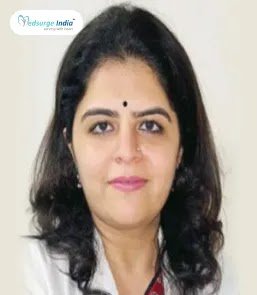
Hematology
Associate Director
11+ Years of Experience
Max Super Speciality Hospital, Patparganj, New Delhi
View Doctor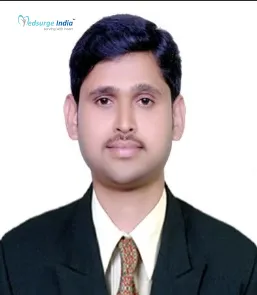
Hematologist
Senior Consultant
15+ years of experience
Manipal Hospital, Panaji, North Goa
View Doctor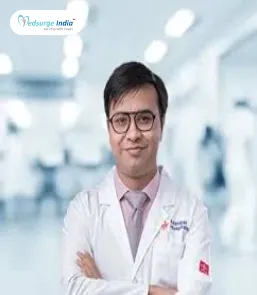
Hematologist
Senior Consultant
12+ years of experience
Manipal Hospital, Panaji, North Goa
View Doctor
Hematologist
Senior Consultant
20+ years of experience
KMC Hospital, Hampankatta, Mangaluru
View Doctor
Hematologist
Senior Consultant
42+ years of experience
NH Rabindranath Tagore International Institute of Cardiac Sciences, Kolkata
View Doctor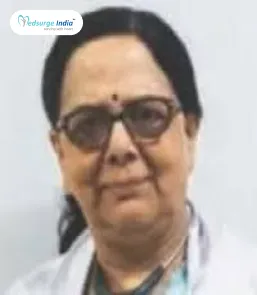
Hematologist
Senior Consultant
25+ years of experience
NH Rabindranath Tagore International Institute of Cardiac Sciences, Kolkata
View Doctor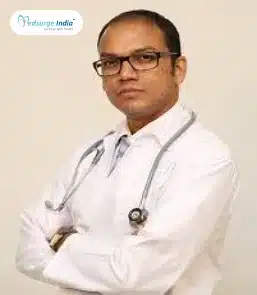
Hematologist
Senior Consultant
14+ years of experience
NH Rabindranath Tagore International Institute of Cardiac Sciences, Kolkata
View Doctor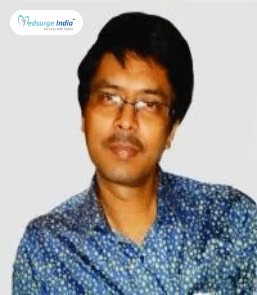
Hematologist
23+ years of experience
Narayana Superspeciality Hospital, Shibpur, Howrah
View Doctor
Hematologist
Senior Consultant
18+ years of experience
Narayana Multispeciality Hospital, Andul Road, Howrah
View Doctor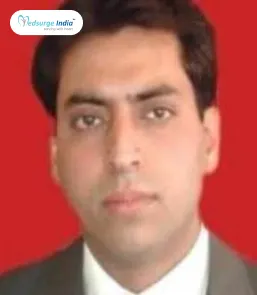
Hematologist
Senior Consultant
23+ years of experience
NH MMI Narayana Superspeciality Hospital, Lalpur, Raipur
View Doctor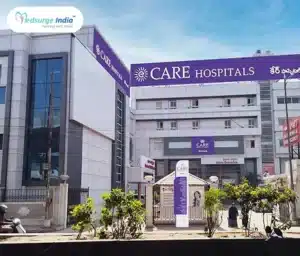
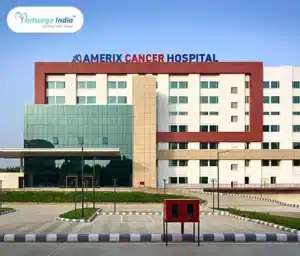
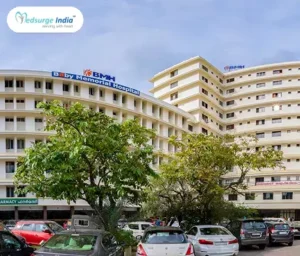


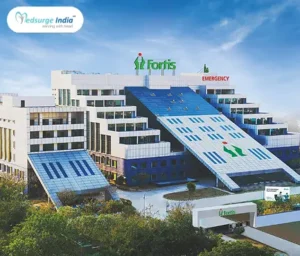


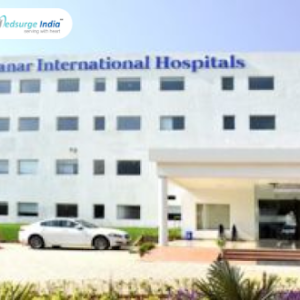
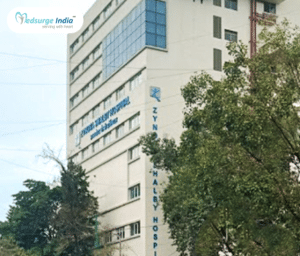
By using our site, you agree to our Terms and Conditions, Privacy Policy and Refund Policy. Medsurgeindia does not provide medical advice, diagnosis, or treatment. The information provided on this site is designed to support, not replace, the relationship that exists between a patient/site visitor and his/her existing physician. We also Accept International Payments.

Copyright © 2025 NSM ONLINE SOLUTIONS PRIVATE LIMITED. All rights reserved.